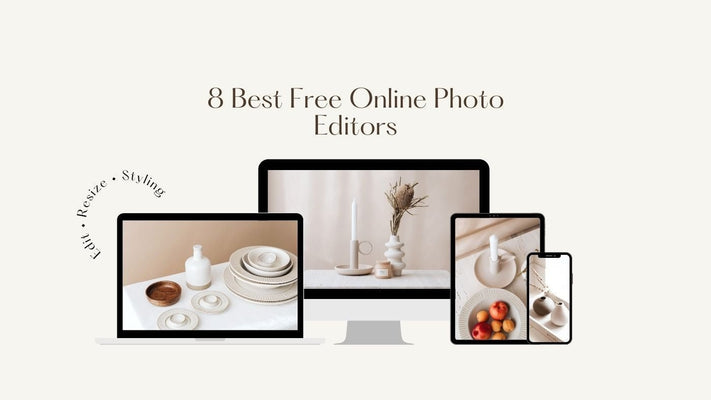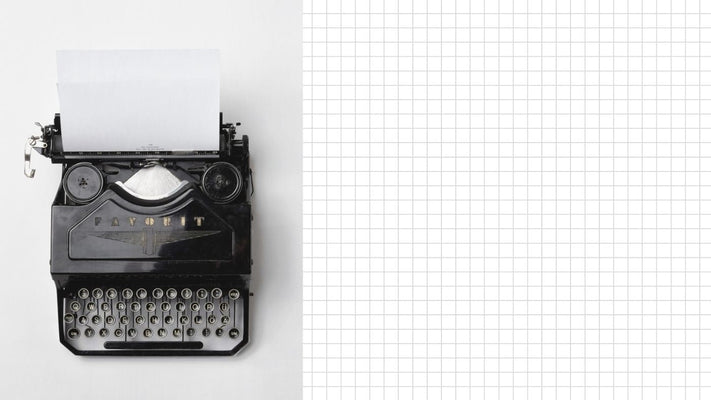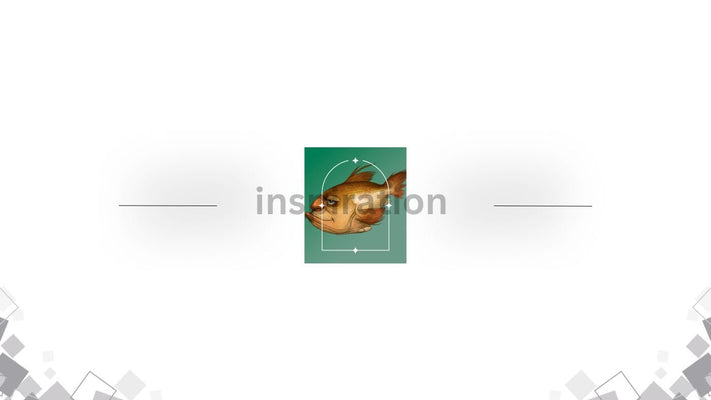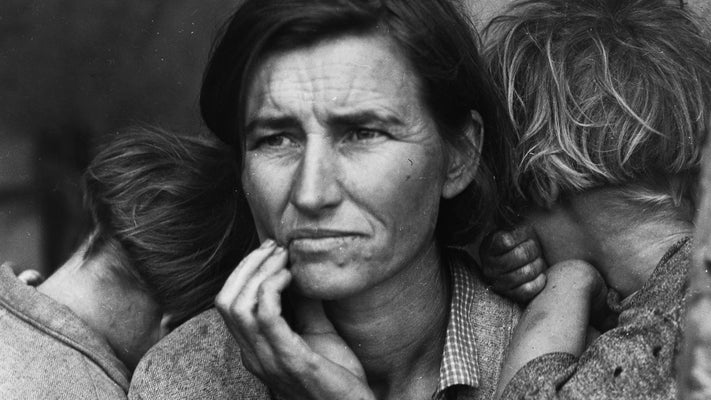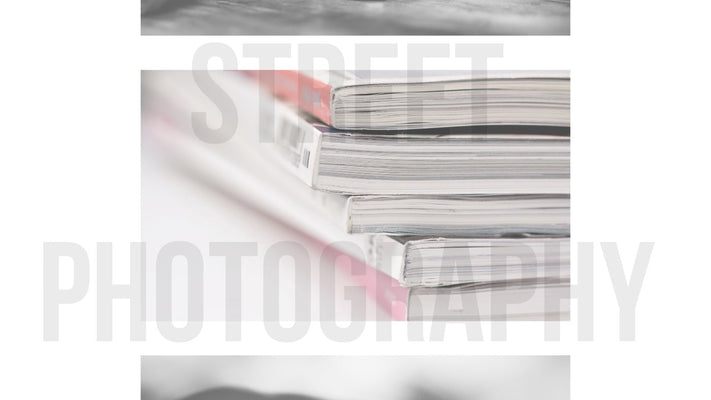What Size Art Photo Prints Sell Best
A Comprehensive Guide to Sizing Your Artwork for Success
In art photography, the size of the prints is often as important as the subject matter and the techniques used in their creation. As an artist, understanding what size art photo prints sell best can be crucial to your success in the market. This article will provide insights into the various factors that influence the popularity of different print sizes and offer guidance to help you make informed decisions about the sizes you choose for your work.
Section 1: The Importance of Choosing the Right Size
Selecting the right size for your art photo prints can significantly affect how potential buyers receive them. The size of a photograph can affect how it is perceived and its overall impact on the viewer, which influences the likelihood of a sale. By understanding which sizes are more likely to sell, you can maximize your chances of success as an artist.
Popular Print Sizes and Their Appeal
Several standard print sizes are popular among art buyers.
These include:
Small prints (up to 8x10 inches): These prints are ideal for buyers needing more space or are on a tight budget. Small prints can be easily incorporated into a gallery wall or displayed on a shelf, making them versatile and appealing to many potential buyers.
Medium prints (11x14 to 16x20 inches): Medium-sized prints are popular among art enthusiasts who want to make a statement with their art but need more space or budget for a large piece. These prints suit most residential spaces and work well in living rooms and bedrooms. Additionally, medium prints often balance affordability and visual impact, making them popular for many buyers.
Large prints (24x36 inches and above): Large prints are typically purchased by serious art collectors or individuals with ample wall space to showcase their prized pieces. These prints can create a striking focal point in a room and often command a higher price point. While they may not sell as frequently as smaller prints, they can still be a lucrative option for artists who create high-quality, visually stunning work.
Factors That Influence the Best-Selling Print Sizes
Several factors can impact the popularity of different print sizes, including:
Subject matter: The subject matter of your art photo prints can dictate the optimal size for your work. For example, intimate portraits or detailed macro photography may be better suited for smaller prints, while landscapes and abstract works may be more effective in larger formats.
Display space: The size of the area where your art will be displayed plays a crucial role in determining the best print size. Smaller spaces, such as apartments or offices, may require smaller prints, while larger homes, galleries, or commercial areas may be better suited for medium or large prints.
Price point: Your target audience's budget can influence the size of prints they are likely to purchase. Smaller prints are generally more affordable, making them more attractive to a broader range of buyers. However, larger prints often yield higher profit margins, so it's essential to consider your pricing strategy when selecting print sizes.
Artistic vision: Ultimately, your creative vision should guide your decision-making when choosing the best print size for your work. Some images may work better at larger sizes, while others may lose their impact if they are too big. Always consider how the size of the print will affect the overall impact of your artwork on the viewer.
Knowing Your Audience
Understanding your target audience and their preferences is essential when determining the best-selling print sizes for your art. Consider the following aspects of your audience:
Demographics: Age, income level, and location can all play a role in the size preferences of your audience. For example, younger buyers or those in urban areas may have smaller living spaces and prefer smaller prints. In comparison, older buyers or those in suburban or rural areas may have larger homes and be more interested in larger prints.
Interests: Your audience's interests can also influence their preferred print size. For instance, art collectors may prefer larger prints that make a statement, while casual buyers may opt for smaller prints that are easier to incorporate into their existing décor.
Purpose: Consider the purpose for which your audience is purchasing your art. Are they looking for a statement piece for their living room or a small accent for their office? Understanding the intended use of your art can help you determine the best size options for your target audience.
Different Aspect Ratios for Popularity
Aspect ratio refers to the relationship between the width and height of an image. It plays a significant role in the overall appearance of your art photo prints and can impact their popularity among potential buyers. Below, we discuss some common aspect ratios and their pros and cons concerning popularity:
1:1 (Square)
Pros:
Visually balanced and symmetrical, which can be appealing to many viewers.
It works well for social media platforms like Instagram, where square images are the norm.
Versatile for various subjects, such as portraits, landscapes, and abstracts.
Cons:
It may not be suitable for images with a strong horizontal or vertical orientation, as it can result in cropping out essential details or creating an unbalanced composition.
Some buyers may prefer more traditional aspect ratios for their art.
3:2 (Classic 35mm format)
Pros:
It closely mimics the aspect ratio of 35mm film, which is familiar and appealing to many viewers and photographers.
The 3:2 aspect ratio works well for various subject matters, including landscapes, portraits, and street photography.
Compatible with most digital cameras' dimensions, it makes it easier for artists to create prints without cropping or stretching the image.
Cons:
It may not be as visually impactful as other aspect ratios for certain images, such as panoramic landscapes or tall, narrow subjects.
Not as well-suited for social media platforms that favor square or vertical
4:3 (Traditional television and computer monitor format)
Pros:
Familiar to viewers because it was the standard aspect ratio for television and computer monitors for many years.
The 4:3 aspect ratio works well for various subjects, including landscapes, portraits, and still-life photography.
Compatible with the dimensions of some digital cameras, particularly older models or Micro Four Thirds systems.
Cons:
Due to its association with older technology, it can appear dated or less visually appealing than other aspect ratios.
There may be better choices for images with strong horizontal or vertical orientation, as it could lead to cropping or distortion.
16:9 (Widescreen format)
Pros:
Creates a cinematic and visually immersive experience, which can be particularly impactful for landscapes, cityscapes, and panoramic images.
They were widely used in modern television, film, and computer monitors, making them familiar and appealing to viewers.
It can be easily shared on social media platforms that favor widescreen images, such as YouTube and Facebook.
Cons:
Due to its wide format, it may need to be better suited for certain subject matters, such as portraits or close-up images.
Finding suitable frames or display options can be challenging, as it is not a standard size for most print shops or frame retailers.
The popularity of different aspect ratios can vary depending on factors such as subject matter, familiarity, and compatibility with social media platforms. As an artist, it is vital to consider the pros and cons of each aspect ratio and choose the one that best suits your work and appeals to your target audience. By doing so, you can ensure your art photo prints are visually impactful and appealing to potential buyers, ultimately increasing your chances of success in the market.
It's also worth noting that you can offer your work in multiple aspect ratios to cater to a wider range of preferences and display requirements. By providing options, you can make your art more accessible and attractive to a broader audience, increasing the likelihood of making a sale.
When selecting aspect ratios for your art photo prints, always consider the context in which your work will be displayed and the unique characteristics of each image. Experimenting with different aspect ratios can help you discover the best presentation for your work, enhancing its visual appeal and maximizing its potential for success in the competitive art market.
Premade Mat Sizes for Unmatted Prints Purchased Online
When purchasing art photo prints online, many customers may prefer to receive their prints unmatted so they can select their own matting and framing options. Offering your prints corresponding to standard premade mat sizes can make it easier for customers to find mats and frames that fit their new artwork. Below are some standard premade mat sizes available for unmatted prints:
8x10 inches (matt): This mat size suits a 5x7 inch print. It's a versatile option that works well for smaller spaces and larger displays, offering more presence than the 5x7-inch mat while remaining relatively compact.
11x14 inches (matt): This size accommodates an 8x10 inch print. It's a popular choice for medium-sized prints, balancing visual impact and affordability. In addition, this size works well for various subject matters and display settings.
16x20 inches (matt): This mat size typically holds an 11x14 inch print. It's a popular option for larger prints that make more
of a statement. This size is suitable for living rooms, bedrooms, or offices and can create a focal point in a room.
18x24 inches (matt): This mat size is designed for a 12x18 inch print, a standard size for larger photo prints. It works well for landscapes, cityscapes, and other images that benefit from a more expansive presentation.
20x24 inches (matt): This size accommodates a 16x20 inch print, another popular size for larger prints. This mat size can dramatically impact a room and is often preferred by art enthusiasts and collectors.
24x36 inches (matt): This size is designed for a 20x30 inch print, a common large format print size. It is suitable for more spacious settings or those looking to make a bold statement with their artwork.
By offering your art photo prints in sizes that correspond to these standard premade mat sizes, you can simplify the process for your customers, making it easier for them to find suitable matting and framing options for their new prints. In addition, this added convenience can enhance the overall purchasing experience for your customers, increasing the likelihood that they will recommend your work to others or return it for future purchases.
In summary, there is no one-size-fits-all answer to the question of what size art photo prints sell best. However, by considering factors such as subject matter, display space, price point, artistic vision, and your target audience's preferences, you can make informed decisions about the sizes you offer in your art photography collection. Furthermore, by tailoring your print sizes to the needs and preferences of your audience, you can maximize your chances.


